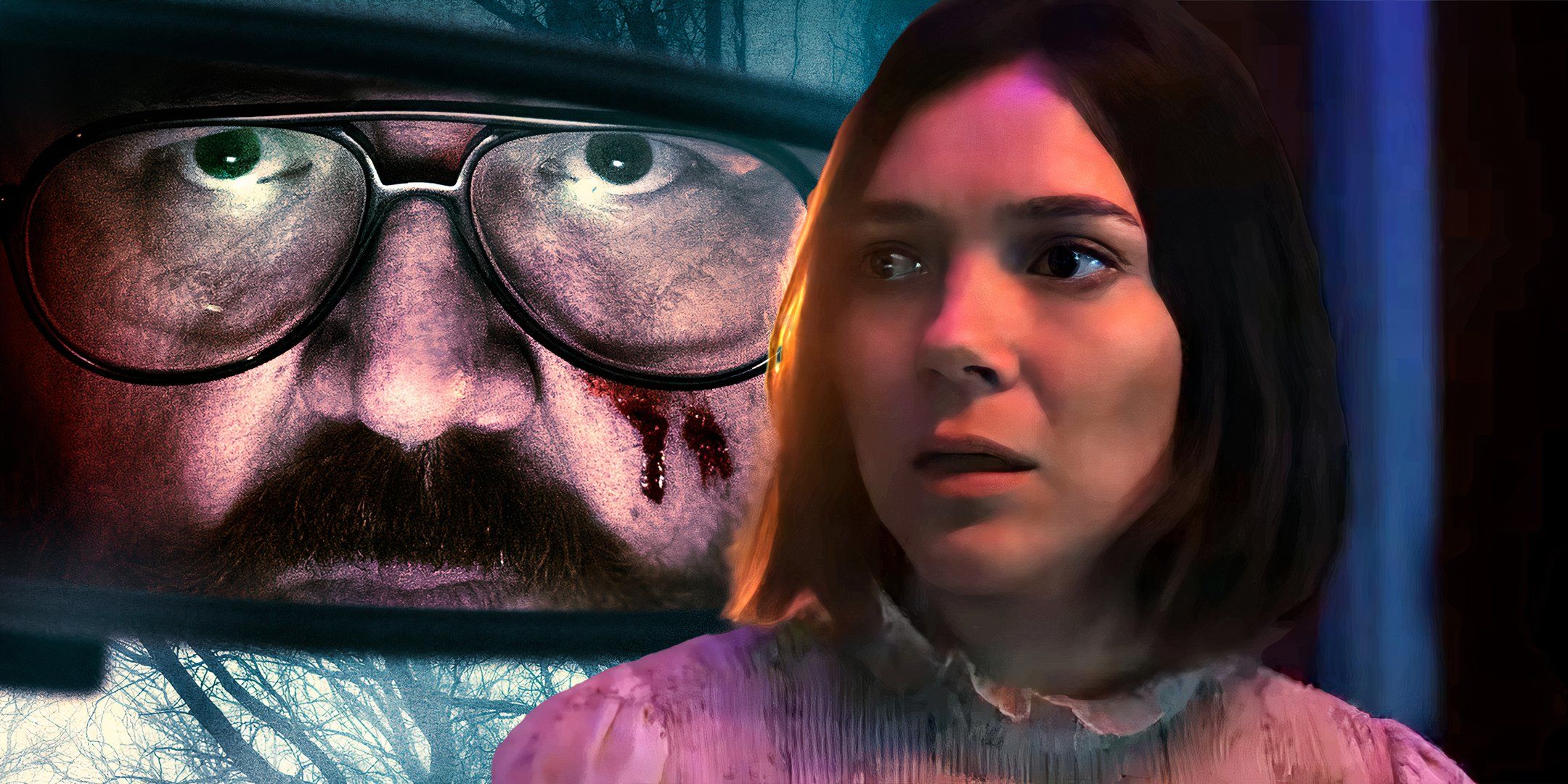Netflix’s Pedro Páramo is notable for several reasons. It is the first major adaptation of the classic 1955 Juan Rulfo novel — a seminal masterpiece of Mexican literature that is widely considered to be the core influence on the development of magical realism — since Carlos Velo’s 1967 adaptation starring Psycho‘s John Gavin. The new movie is also the feature-length directorial debut of cinematographer Rodrigo Prieto, who has lensed a variety of well-known projects including Barbie, Brokeback Mountain, The Wolf of Wall Street, Amores Perros, and Broken Embraces.
Written by Mateo Gil, the new Pedro Páramo is a reasonably faithful adaptation of the original novel, following Juan Preciado (Tenoch Huerta) as he visits the abandoned town of Comala after the death of his mother, who has sent him to find his father Pedro Páramo (The Lincoln Lawyer star Manuel Garcia-Rulfo). While there, Preciado encounters spirits who tell him the story of the town’s past, as well as how its fate was inextricably connected to the life of his capricious father, who he never knew.
Pedro Páramo Is An Underwhelming Adaptation
The Film Fails To Capture The Core Of Juan Rulfo’s Novel
While Prieto and Gil know to approach the iconic material cautiously, they have perhaps used an overabundance of caution, resulting in a work that does not take enough risks. The Spanish-language movie dutifully repeats the narrative of the novel without capturing the spirit in which it is delivered. In Rulfo’s work, the way the story is told is much more important than the incidents it contains, and while it would be tremendously difficult to translate the author’s haunting, ethereal, dreamlike prose into visual language, Prieto seems to have hardly bothered, in either of his dual capacities as director and cinematographer.
For the cinematography of Pedro Páramo, Prieto worked alongside his Killers of the Flower Moon collaborator Nico Aguilar, who has been the director of photography on movies including Chupa, Fool’s Paradise, and the upcoming Osgood Perkins horror title The Monkey.
In the novel, the past and present slip effortlessly past one another, as though they are separated only by the thinnest of membranes. While the movie captures this feeling in some individual shots, for the most part the flashback sequences are too clearly delineated, with bolder colors keeping those storylines visually separate from present-day Comala and its sun-bleached, abandoned buildings. With the two timelines kept so carefully apart, what results is a plodding melodrama in period garb that is sometimes interrupted by a bland supernatural tale plastered with cheesy haunted house music.
Pedro Páramo is a slip of a novel that can’t sustain itself at such a great length…
This is a magical realism movie that faithfully captures the realism but ditches the magic at every possible opportunity. By highlighting the former, it fails to give the intentionally over-the-top human drama a heartbeat that makes it compelling. This failure also makes over two-hour runtime feel particularly crushing. At 124 pages, Pedro Páramo is a slip of a novel that can’t sustain itself at such a great length, especially when its contents are so fundamentally misunderstood.
Pedro Páramo’s Filmmaking Still Shines In Parts
The Movie Has A Capable Cast & Crew Despite Falling Short In Other Areas
Despite its flaws, the Netflix movie was still crafted by a talented group of artists and it does shine in certain moments. For instance, the entire cast capably handles their roles, though the film only truly crackles to life when Ilse Salas arrives, bringing a caged-animal ferocity to her role as one of Pedro’s many doomed paramours.
The supporting cast of Pedro Páramo also includes Dolores Heredia, Héctor Kotsifakis, Mayra Batalla, Roberto Sosa, and Giovanna Zacarías.
Prieto also does manage to craft some beautiful images in the flashback sequences. While he doesn’t harness his cinematography experience often enough to push the story forward visually, it is impossible to deny the power of certain images, such as Pedro sitting at the head of an empty table, water rushing through an irrigation ditch toward a fallen comrade, or the occasional sparks of supernatural eeriness that haunt Preciado’s journey.
Related
Black Cab Review: Nick Frost Is Haunting In A Ghost Story That Moves Too Fast & Too Slow
Nick Frost sheds his typically jovial persona to become a maniacal taxi driver in Shudder’s Black Cab, though the story’s pacing is too inconsistent.
Oddly, the sound design of Pedro Páramo is even better than the cinematography, using hushed whispers, stamping feet, and many other aspects of the sonic landscape of Comala to unsettle and overwhelm. These solid elements prevent the movie from being a miserable slog, but for the most part, it is an adaptation that fails to argue for its own existence when simply sitting down to read or reread the novel would categorically be a much more pleasurable experience.
Pedro Páramo is now on Netflix. The film is 130 minutes long and rated R for sexual content, graphic nudity and some violence.

Pedro Páramo, directed by Rodrigo Prieto, follows Juan Preciado as he fulfills his mother’s dying wish to meet his father in the town of Comala. Upon arrival, he discovers Comala is inhabited by spectral characters, revealing its ghostly nature.
- The ensemble cast is capable, with Ilse Salas as a particular standout.
- There are several scenes where the cinematography and sound design craft memorable moments.
- It fails to capture the haunting beauty of the original novel.
- The runtime is too long for the amount of story it contains.


